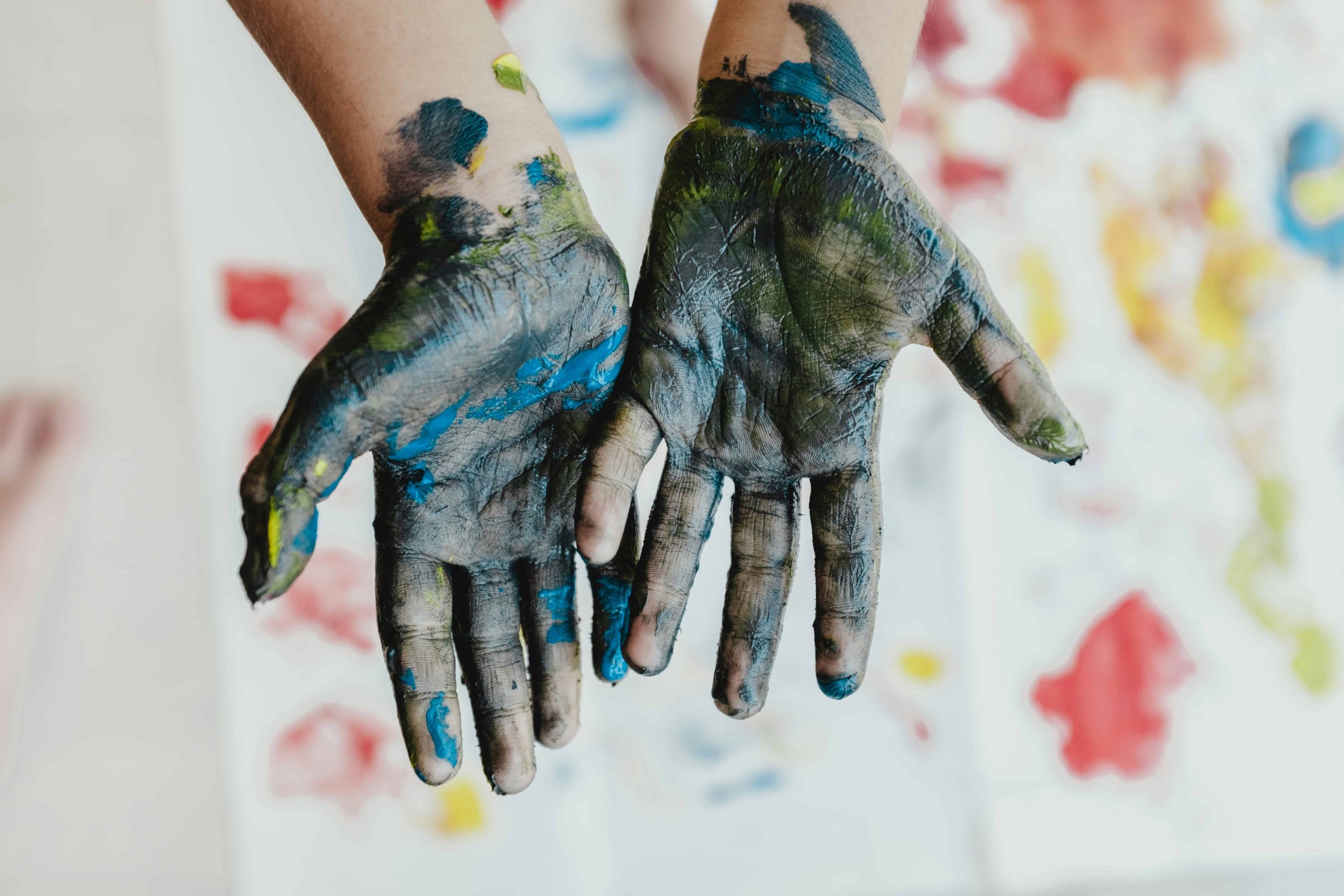
27 Sep Art Therapy and Cross-Cultural Healing
Art Therapy and Cross-Cultural Healing: A Bridge Through Expression
Art therapy, a therapeutic practice that uses creative processes to improve mental health, has shown significant benefits across various populations. These benefits include emotional release, self-discovery, and improved mental well-being. However, in cross-cultural settings, traditional therapeutic methods often encounter challenges due to language barriers and cultural differences.
Cross-cultural healing seeks to address and bridge these differences, fostering understanding and empathy among diverse groups. Yet, this process is complex and requires approaches that transcend verbal communication.
Thesis statement: Art therapy, with its emphasis on non-verbal expression, can effectively bridge cultural divides and promote healing in diverse populations.
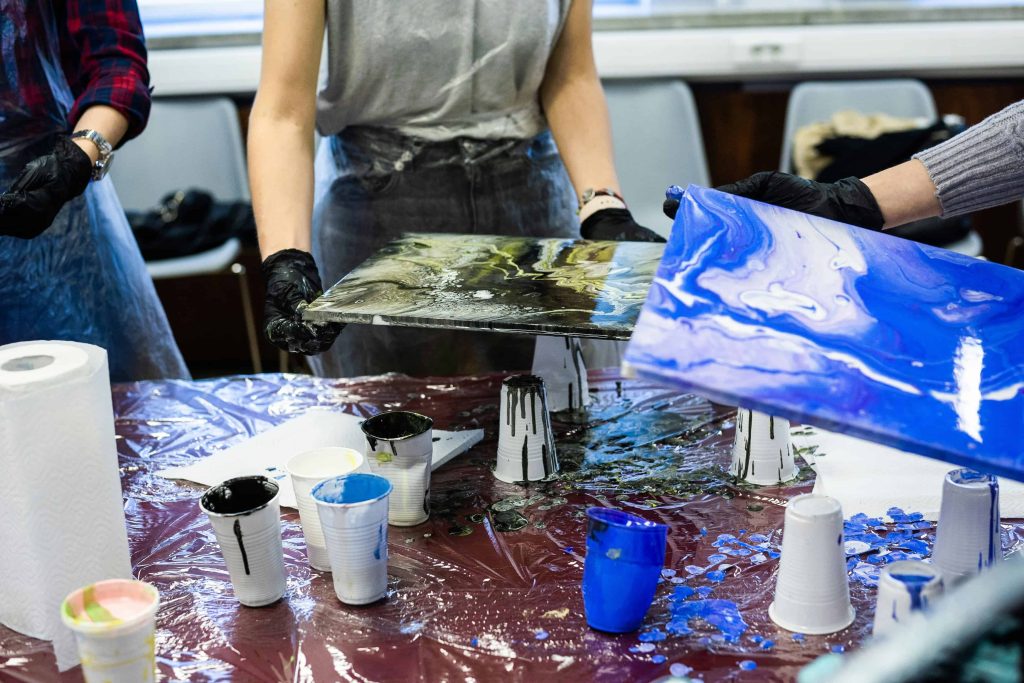
The Universality of Self-Expression Through Art
Art as a Bypass for Language Barriers
In cross-cultural settings, verbal communication can be limited by differences in language and cultural context. Art therapy provides an alternative by allowing individuals to express their emotions and experiences visually. This form of expression can overcome the limitations of words, making it accessible to people from different backgrounds.
Art’s visual nature enables individuals to convey complex emotions and thoughts that might be difficult to articulate. Through drawing, painting, or sculpting, clients can communicate their inner world, creating a bridge of understanding between them and their therapists, regardless of linguistic differences.
Shared Human Experiences Reflected in Art
Despite cultural differences, certain human experiences and emotions are universal. Art often reflects these shared aspects of humanity, such as joy, sorrow, love, and pain. By tapping into these commonalities, art therapy can resonate deeply with individuals from various cultural backgrounds.
Examples of universally understood themes in art include depictions of family, nature, and significant life events. These themes can evoke similar emotional responses across different cultures, making art a powerful tool for connecting people on a fundamental human level.
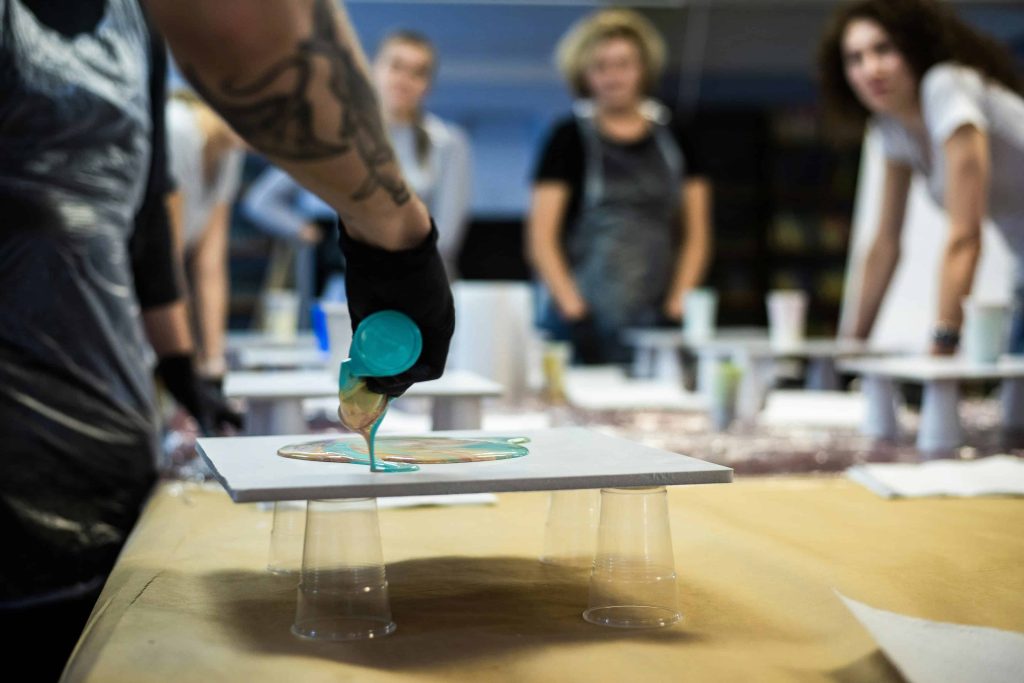
Art Therapy Practices for Cross-Cultural Healing
Culturally Competent Art Therapists
For art therapy to be effective in cross-cultural contexts, therapists must possess cultural competence. This involves understanding and respecting the diverse cultural backgrounds of their clients. Culturally competent therapists are aware of their own cultural biases and actively seek to learn about their clients’ cultural perspectives.
Strategies for developing cultural competence include:
- Participating in cultural competence training and education.
- Engaging in continuous self-reflection and seeking feedback.
- Building relationships with culturally diverse communities.
Integrating Cultural Elements into Art Therapy
To resonate with clients, art therapy must incorporate cultural elements relevant to their backgrounds. This can involve using culturally significant materials, symbols, and imagery in the therapeutic process. By doing so, therapists can create a more inclusive and relatable therapeutic environment.
For example, therapists might incorporate traditional art forms, such as mandalas in Indian culture or indigenous weaving patterns, into sessions. This not only honors the client’s heritage but also empowers them to explore their cultural identity through art.
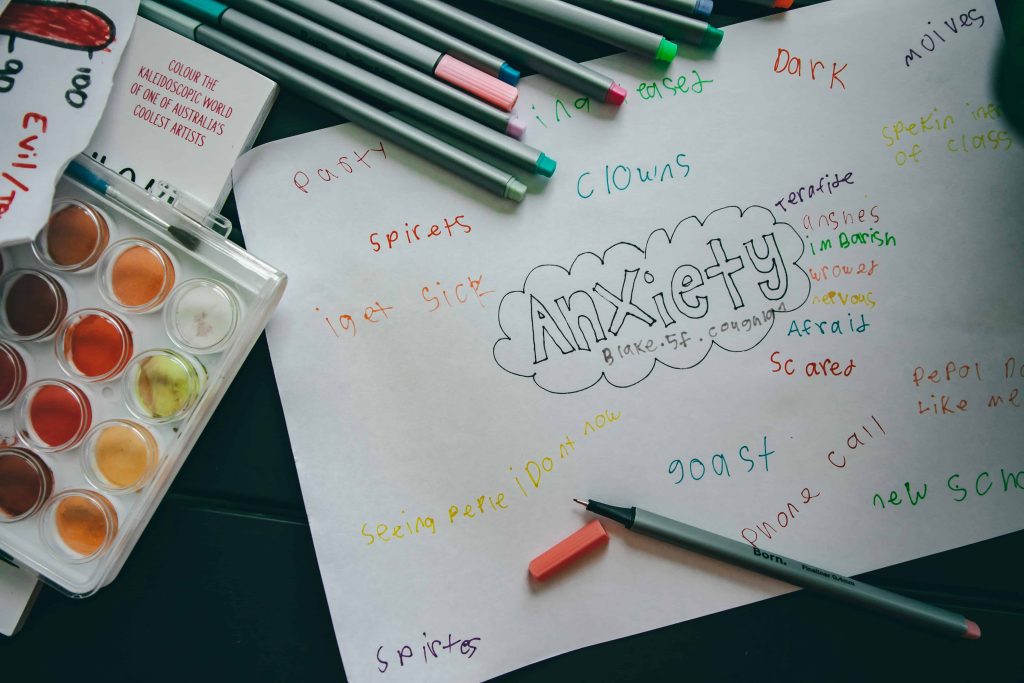
The Impact of Art Therapy in Cross-Cultural Healing
Benefits for Individuals
Art therapy allows individuals to explore their cultural identity and personal narratives. This process can be particularly healing for those who have experienced cultural dislocation or trauma. Through art, clients can process difficult emotions in a manner that feels safe and culturally sensitive.
By expressing their stories visually, individuals can gain insights into their experiences and develop a stronger sense of self. Art therapy provides a non-judgmental space where clients can reflect on their cultural roots and integrate these aspects into their personal healing journey.
Benefits for Communities
On a communal level, art therapy can foster cultural understanding and empathy. By engaging in collective art projects, communities can share their stories and experiences, promoting dialogue and mutual respect. This collective expression can be a powerful tool for healing, especially in communities affected by conflict or trauma.
Art therapy also provides a platform for collective healing and reconciliation. Community art projects, such as murals or collaborative installations, can serve as symbols of unity and resilience, helping to rebuild trust and cohesion within diverse communities.
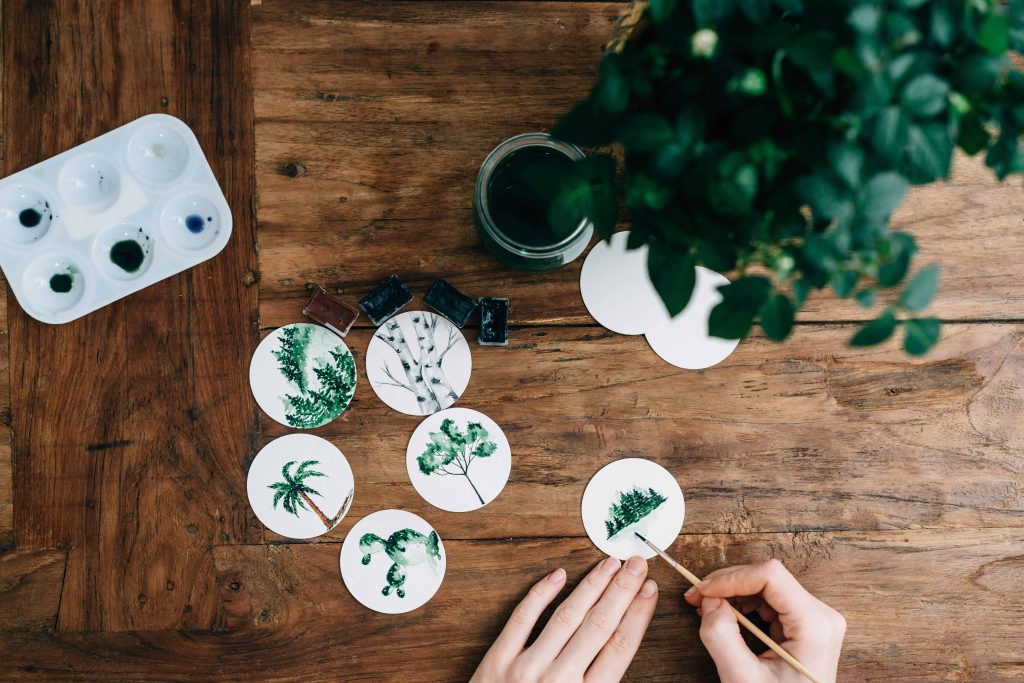
Conclusion
Art therapy has the potential to bridge cultural divides and foster healing in a globalized world. By transcending language barriers and tapping into shared human experiences, art therapy can resonate deeply with individuals from diverse backgrounds.
Incorporating cultural competence and relevant cultural elements into art therapy practices is crucial for its effectiveness. As our world becomes increasingly interconnected, the role of art therapy in promoting cross-cultural understanding and healing will continue to grow.
The future of art therapy lies in its ability to adapt and respond to the needs of a diverse global population, offering a unique and powerful approach to healing that honors and celebrates cultural diversity.
Key Takeaways
- Art Therapy Benefits: Enhances mental health through emotional release, self-discovery, and improved well-being.
- Cross-Cultural Healing: Art therapy bridges cultural and language divides by enabling non-verbal expression.
- Universal Expression: Art transcends language barriers and reflects shared human experiences, resonating across cultures.
- Effective Practices:
- Cultural Competence: Therapists need to understand and respect diverse cultural backgrounds.
- Cultural Integration: Using culturally relevant materials in therapy makes it more inclusive.
- Impact:
- Individual Healing: Helps individuals explore cultural identity and process emotions.
- Community Unity: Collective art projects foster cultural understanding, empathy, and communal healing.
- Future Potential: Art therapy will continue to grow in promoting cross-cultural understanding and healing globally.
FAQs
How does art therapy overcome language barriers in cross-cultural settings?
Art therapy uses non-verbal forms of expression, such as drawing, painting, or sculpting, to help individuals communicate their emotions and experiences visually. This bypasses language barriers, allowing therapists to understand and connect with clients from diverse cultural backgrounds, facilitating emotional release and healing.
Why is cultural competence important in art therapy?
Cultural competence is essential for art therapists to effectively work with clients from diverse backgrounds. It involves understanding and respecting different cultural perspectives, recognizing personal biases, and incorporating culturally significant materials and symbols into therapy. This approach creates a more inclusive and relatable therapeutic environment, enhancing the overall effectiveness of the therapy.
What are the benefits of art therapy for individuals and communities in cross-cultural contexts?
For individuals, art therapy helps explore cultural identity and process difficult emotions safely, leading to greater self-awareness and healing. For communities, collective art projects foster cultural understanding, empathy, and unity. These projects promote dialogue, mutual respect, and reconciliation, aiding in the rebuilding of trust and cohesion within diverse groups.
Discover innovative ways artists are making a positive impact on the environment through sustainable practices.

